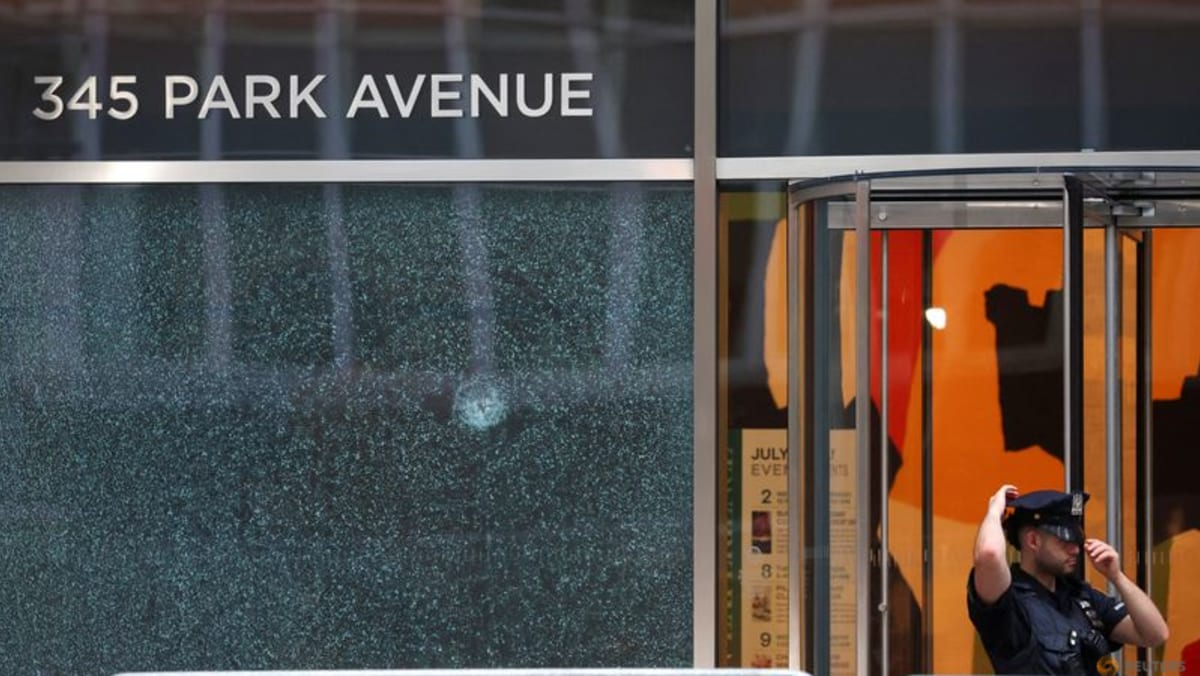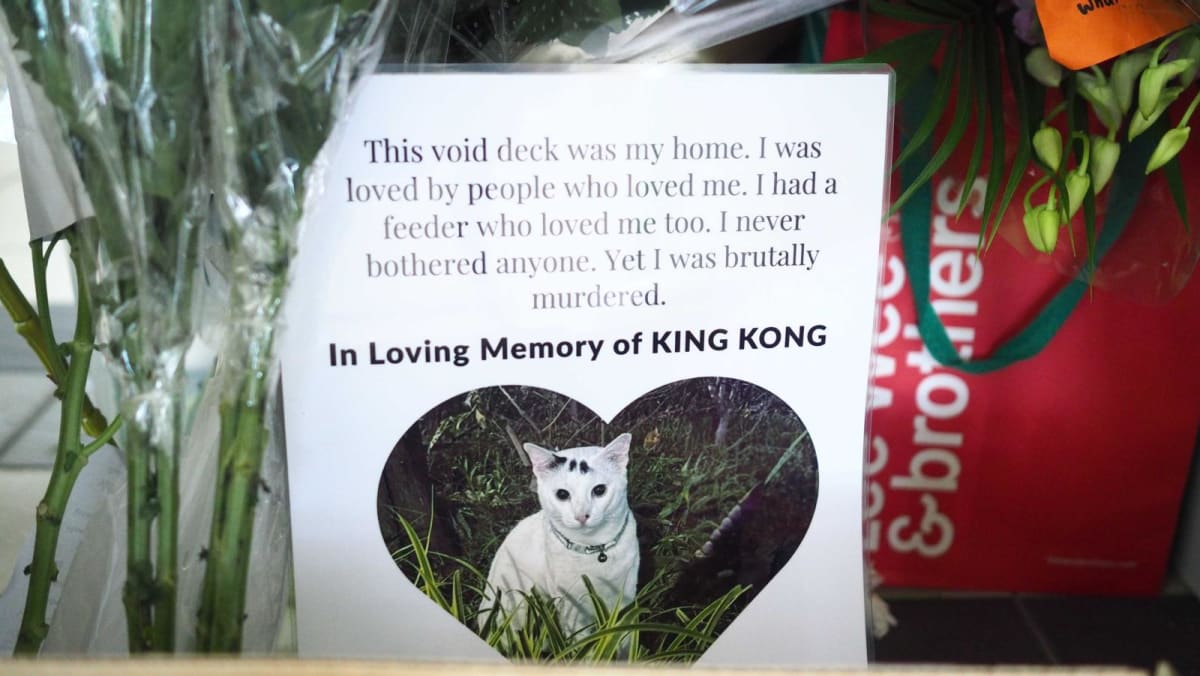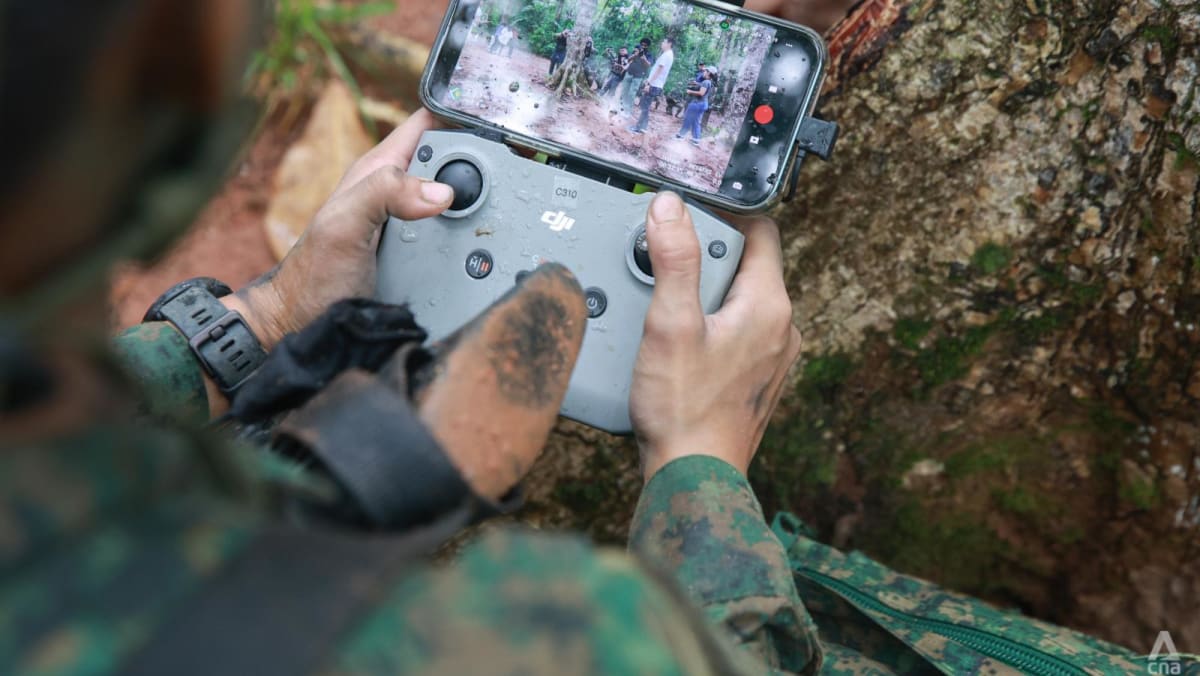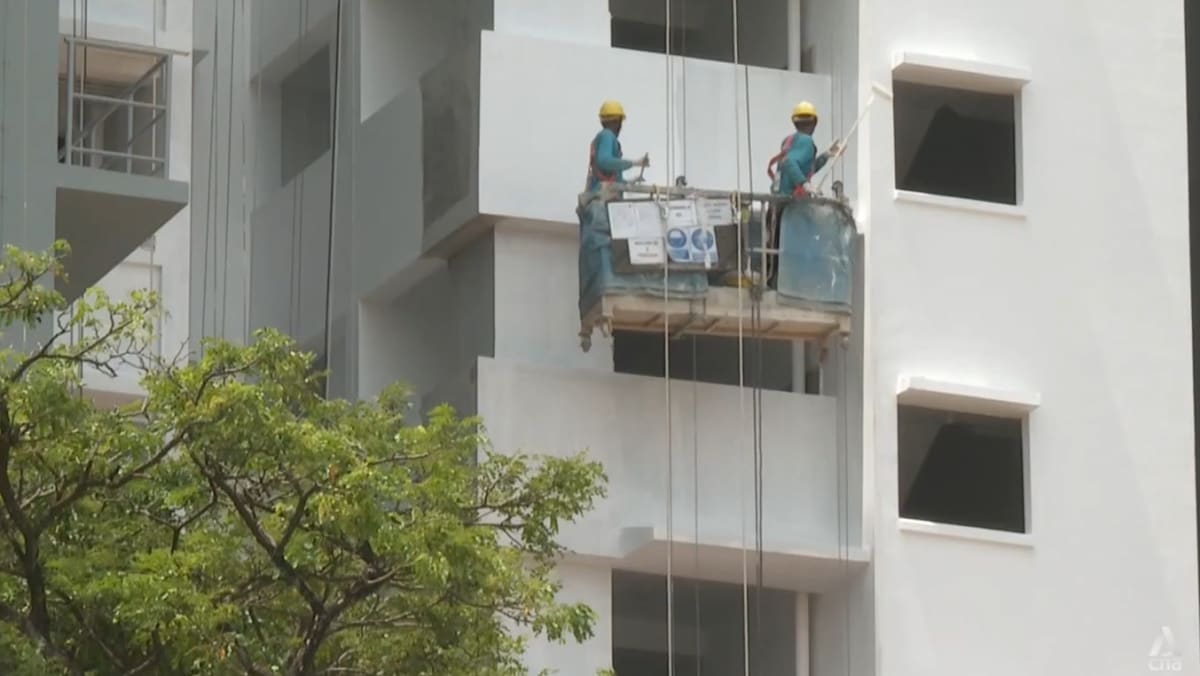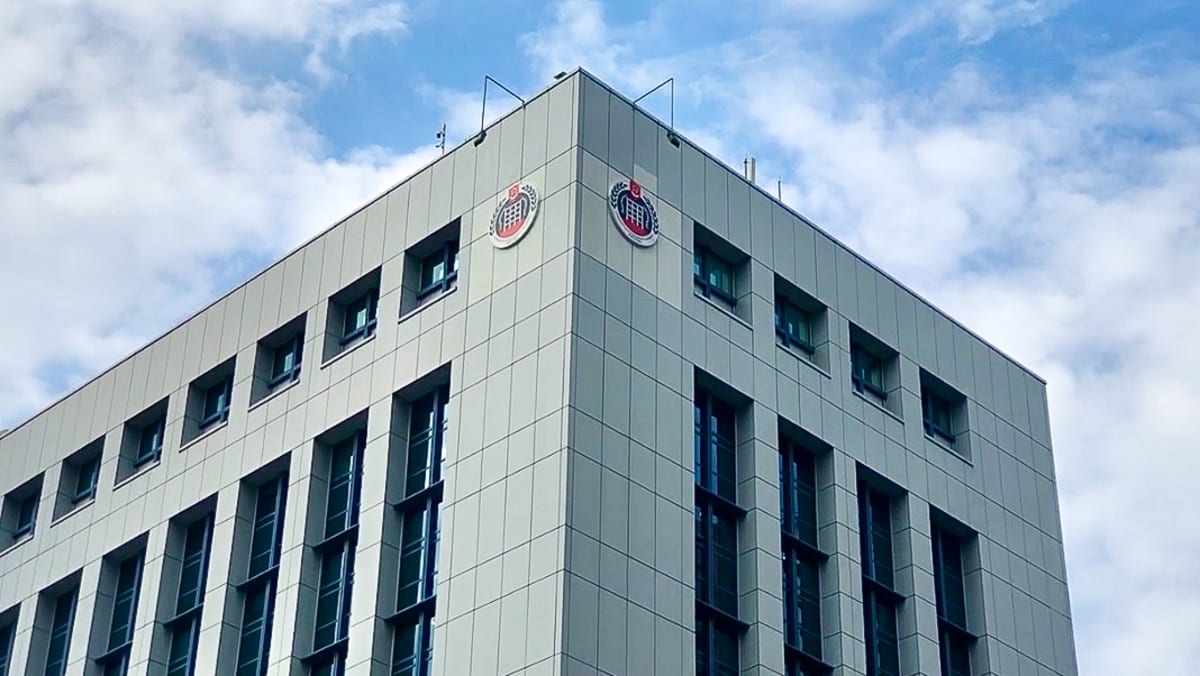Associate Professor Alvin See, a law lecturer at the Singapore Management University (SMU), has observed a “noticeable increase” in prosecutions and convictions of animal abusers.
“The willingness to (prosecute) may also be in response to greater scrutiny by the public and MPs,” he said.
CRUELTY TO ANIMALS AND LINK TO MENTAL ILLNESS
Volunteer feeders who spoke to CNA TODAY are of the view that the abuse of community cats is driven by mental health issues or disorders, because they find it hard to believe that a neighbour would otherwise deliberately harm such lovely animals.
Psychiatrists acknowledged that there could be a link between one’s mental condition and some abusive behaviour.
Dr Jacob Rajesh, senior consultant psychiatrist in private practice at Promises Healthcare, said: “In some cases, there could be underlying mental disorders such as major depressive disorder, or adjustment disorders (emotional and behavioural disorders that occur in response to stress and that are short-lived).
“There could be poor impulse control and impairment of rational judgment due to underlying mental health conditions.”
Dr Jacob added that a history of past trauma or displaced emotions could be among many other factors that could drive the act of abuse.
However, the psychiatrists emphasised that not all animal abusers have mental disorders.
Dr Lim Boon Leng, a psychiatrist at Dr BL Lim Centre for Psychological Wellness, said: “In some cases, it may simply reflect deeply ingrained personality traits – such as callousness, moral disengagement or a desire for control.
“In other words, cruelty does not always equal illness. Some people may be fully aware of the harm they are inflicting and they do it out of rage, revenge or sheer enjoyment – not because of a mental disorder, but because of who they are and what they value.”
Cats have consistently made up a large proportion of abuse and cruelty victims in the last five years, SPCA Singapore said.
For instance, of the 453 animal abuse victims that the animal welfare organisation recorded in 2024, 220 were cats.
The statistics do not distinguish between “actual community cats and pet cats abandoned into the community” because the mandatory microchipping for cats was introduced only on Sept 1 last year, it added.
One factor that explains this proportionality is that cats are the most abundant species of community animals in Singapore, given the trap-and-neuter scheme was implemented only in September last year and will take time to have an effect on the population size.
“The prevalence and proximity of community cats can lead to them being easily accessible targets for people who dislike animals or see cats as an inconvenience,” SPCA Singapore said.
The cat feeders interviewed by CNA TODAY said the cats they fed were the subjects of complaints. Some people have deemed the cats a nuisance, saying they scratch cars, dirty the neighbourhood or enter apartments uninvited.
The new cat management framework, which took effect last year on Sep 1 and will end its current transition period on Aug 31 next year, includes the mandatory licensing and microchipping of pet cats.
Cat lovers hope that this would increase the traceability and accountability of cats, reducing abandonment and thereby, in the long term, reducing the number of community cats living on the streets and susceptible to potential abuse.
Mrs Chan said: “We have been sterilising cats for many, many years. If you go to a public housing block and you see young cats, basically 90 per cent of the time, that is due to abandonment.”
Ms Thenuga Vijakumar, the Cat Welfare Society’s president, said the effectiveness of the cat management framework in reducing abandonment is not yet clear because there is no penalty framework set out for non-compliant owners.
“The ball is squarely in the AVS’ court on whether the framework will have teeth or not,” she added.
Since community cats are cared for by people, they are vulnerable because they have grown to be “friendly and trusting”, she reckoned.
“They will be at certain places at specific times of the day, making them predictable targets.”
However, Dr Anna Wong, group director for community animal management at AVS, noted that before the trap-neuter-rehome or release-manage programme was extended to cats, a stray cat sterilisation programme was already managed under AVS, offering subsidised sterilisation and microchipping of community cats.
“With the support of our animal welfare group and veterinarian partners, we sterilised and microchipped an average of 4,000 community cats annually since 2020 under (the sterilisation programme),” she added.
“AVS will enhance funding support for the sterilisation and microchipping of community cats and fund additional components such as the trapping and boarding of community cats.”
Suspected abuse can be particularly hard to notice even though they happen in housing estates, because they tend to happen in the wee hours of the morning when most people are asleep, the volunteers and animal groups said.
King Kong’s regular feeder, 46-year-old Lismurtini who goes by one name and works at a food stall, recalled that her daughter was the last to see the cat sleeping soundly on the grounds of the housing block, when she returned home around midnight.
Around 6am, a neighbour sent a photograph of King Kong’s dead body to the neighbourhood’s phone chat group.


